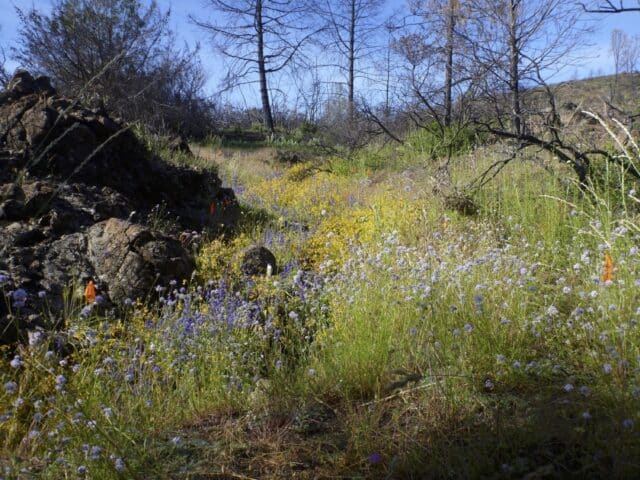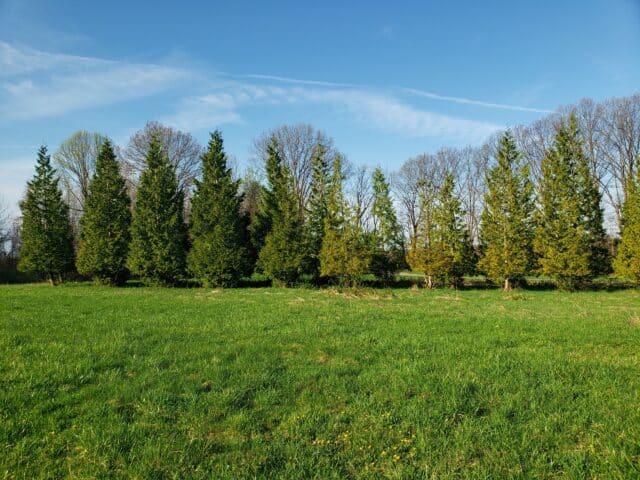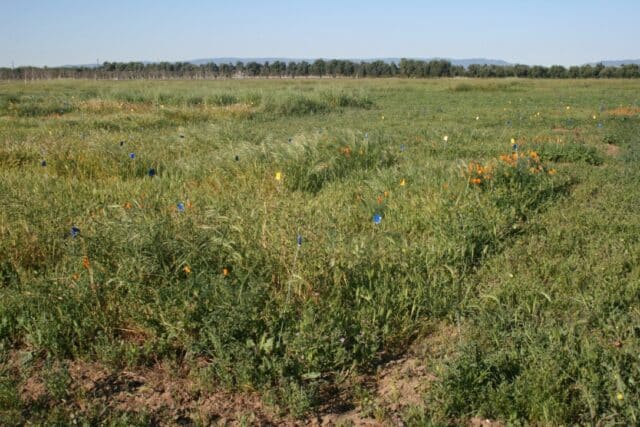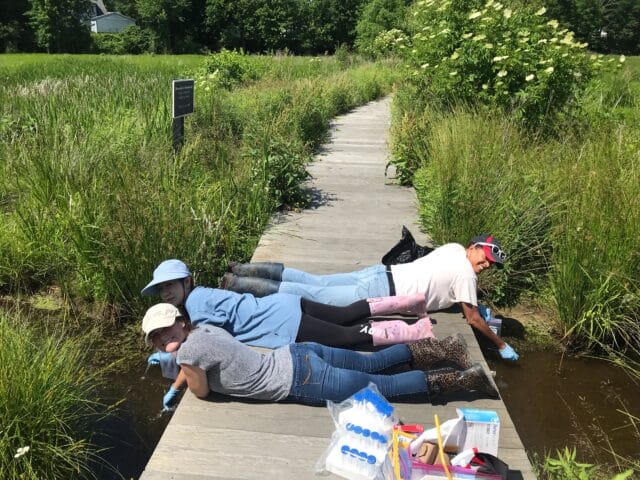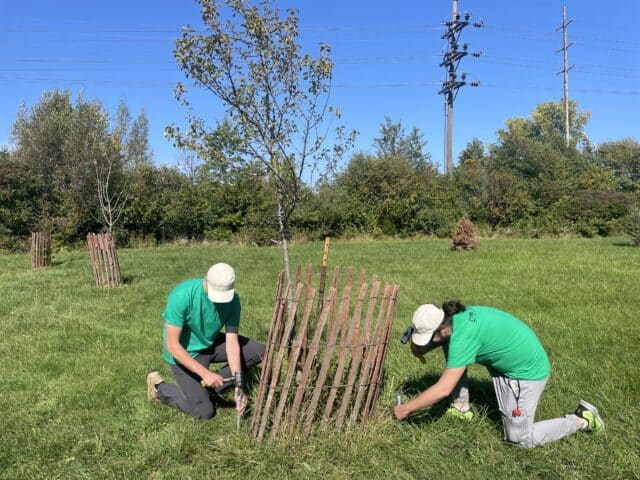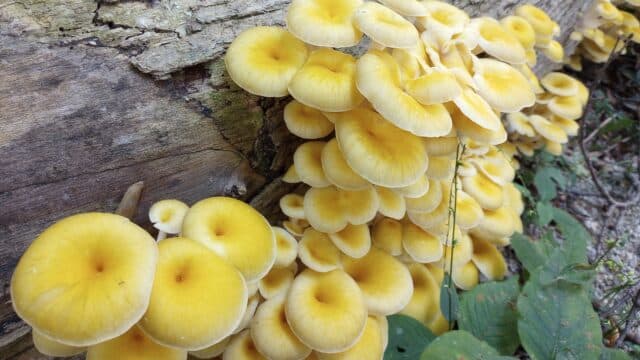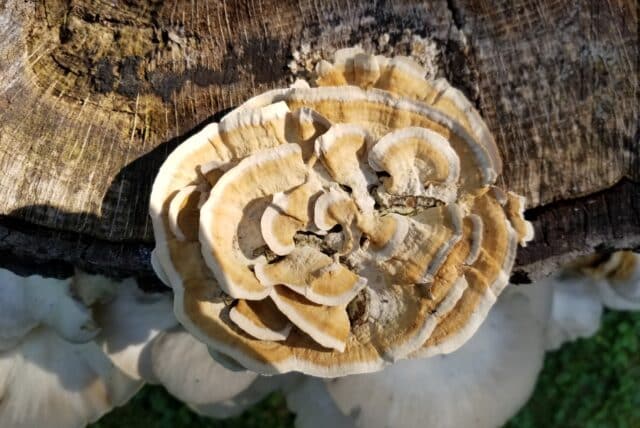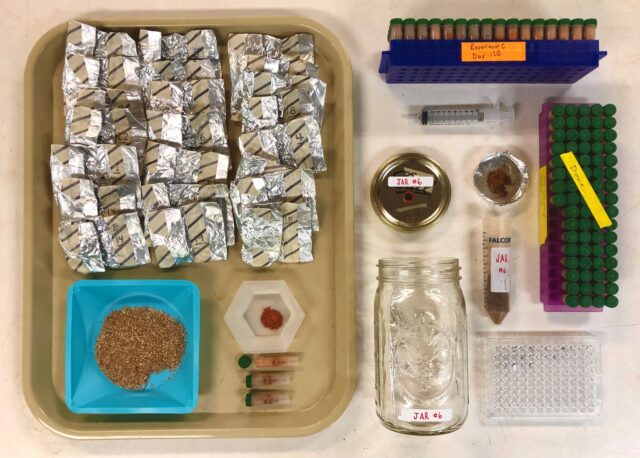
The Holden Arboretum is a stunning place to explore with its beautiful gardens and forests. I love to hike the trails with my family and watch the gardens transform over the seasons. But, as a scientist who studies the impacts of climate change, the Arboretum is also a treasure-trove of information. Natural areas like the ones protected by the Arboretum are increasingly rare and hugely important not only as sanctuaries for wildlife, but also as spaces in which to study it. And, given the stresses currently placed on the Earth, this role is perhaps more important today than ever.
The climate is changing, and with it, so is the natural world. One of the most pressing challenges for ecologists like myself is to understand that change – how we’ve come to be where we are today, and where we might be going in the future. One of the ways scientists document this change is to compare what exists today to what has existed in the past. We might observe something year after year, or we might compare what we see today to what was seen by scientists decades ago. We often use the term resampling to describe these sorts of studies. Resampling allows us to build off of work that has come before to understand how climate change has (and continues to) altered the natural world.
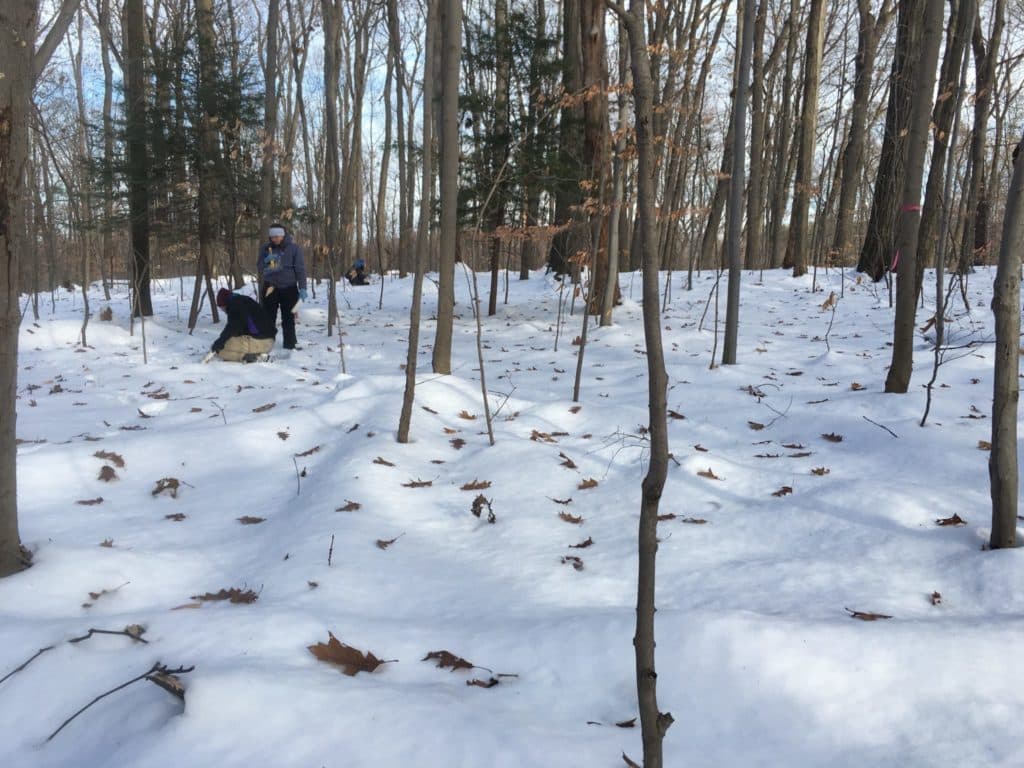
Sampling soils in the winter.
But, of course, for forests to be useful as harbingers of change, they need to be protected. Forests that have been converted for other uses – turned into shopping malls or parking lots or new housing developments – teach us little about the effects of climate change. This makes spaces like the Holden Arboretum incredibly important. Long-protected and well-studied, our natural areas are critical bellwethers of climate change.
My colleague, Holden soil ecologist David Burke, and his team have been monitoring soil microbes and spring wildflowers in Holden’s natural areas for over a decade. Data allow us to understand both long-term shifts through time, as well as year-to-year and season-to-season responses to weather. More recently, dedicated volunteers have been working with my lab to explore shifts in spring phenology – the timing of natural events like leaf out and flowering – in Holden’s forests. How much earlier will our trees leaf out? Will the wildflowers be able to keep up with the pace of change?
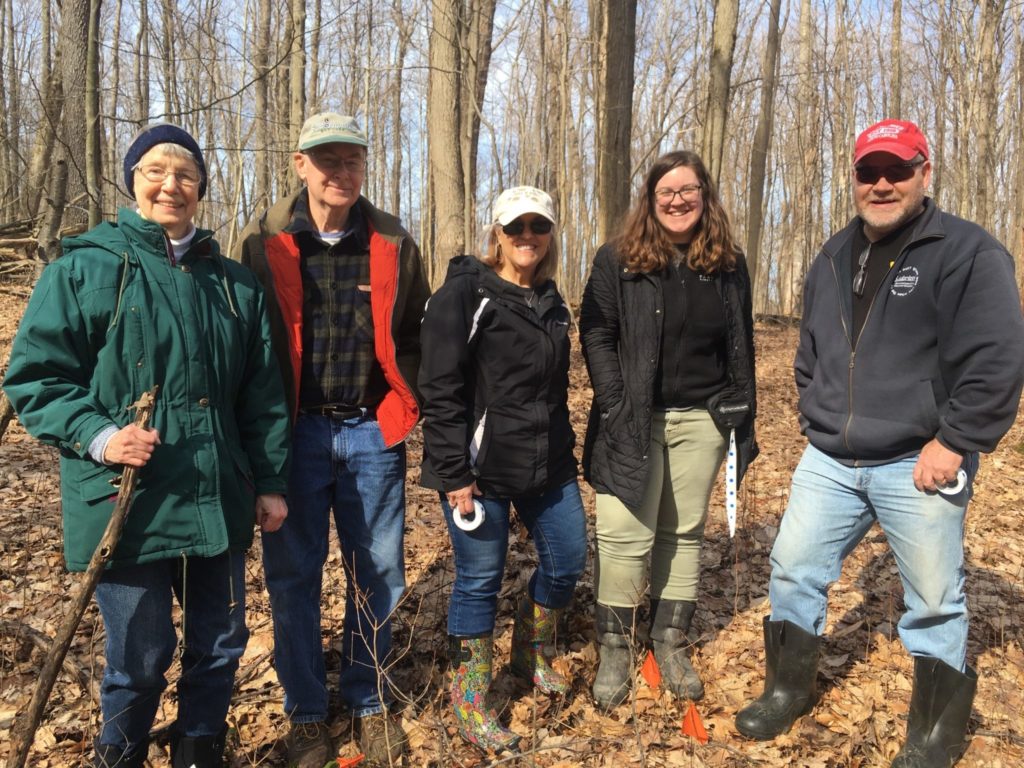
Former research specialist Rory Schiafo and volunteers prepare plots for spring phenology monitoring.
But, we can take looks farther into the past. Famously, Joseph Grinnell left us with extensive surveys of birds, mammals, and more in California and beyond from the early part of the last century. Today, scientists resurvey the same natural areas that Grinnell worked in to understand how animal biodiversity has changed in the past century. Here in northeast Ohio, A.B. Williams, working in the same time as Grinnell, has left us with extensive records of the composition of many of Ohio’s forests – documenting with painstaking detail the trees present in these forests, as well as many of the associated plants, animals and fungi. Such records exist for the Holden Arboretum, as well as many other Cleveland-area forests. Katie Flinn, a scientist at Baldwin Wallace University, has been resurveying some of these forests to see how Ohio’s forests have changed over the past century.
Climate change is a slow burn, despite the fact that the pace of warming is greater now than ever before in Earth’s history. Documenting how our forests change through time is key to understanding the future of the plants and animals that inhabit them. Holden scientists are harnessing the power of the Arboretum’s beautiful natural areas to reveal the many ways in which climate change is reshaping our forests.
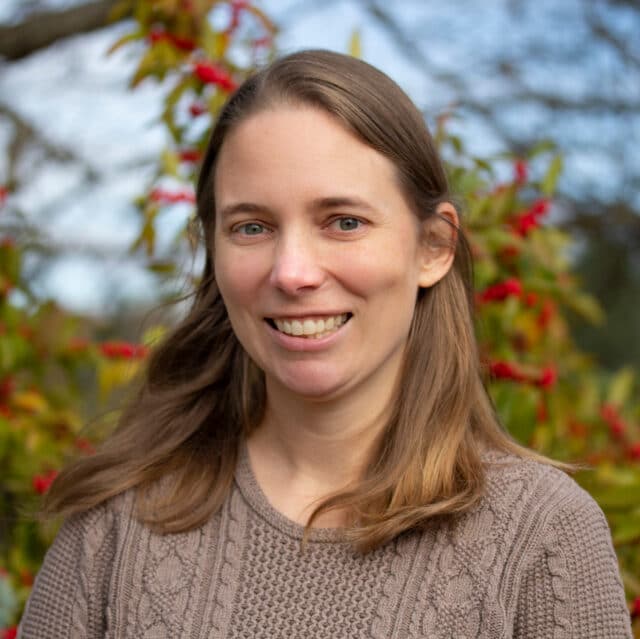
Katie Stuble, PhD
Research Chair
Plant Biologist & Research Chair Katie Stuble has a Bachelor of Arts from St. Mary's College of Maryland. She earned her Master's in Ecology at the University of Georgia and a Ph.D in Ecology and Evolutionary Biology from the University of Tennessee. She took her position as a research scientist at Holden Forests & Gardens in 2016.
